Corporate America is investing in record levels of solar and storage
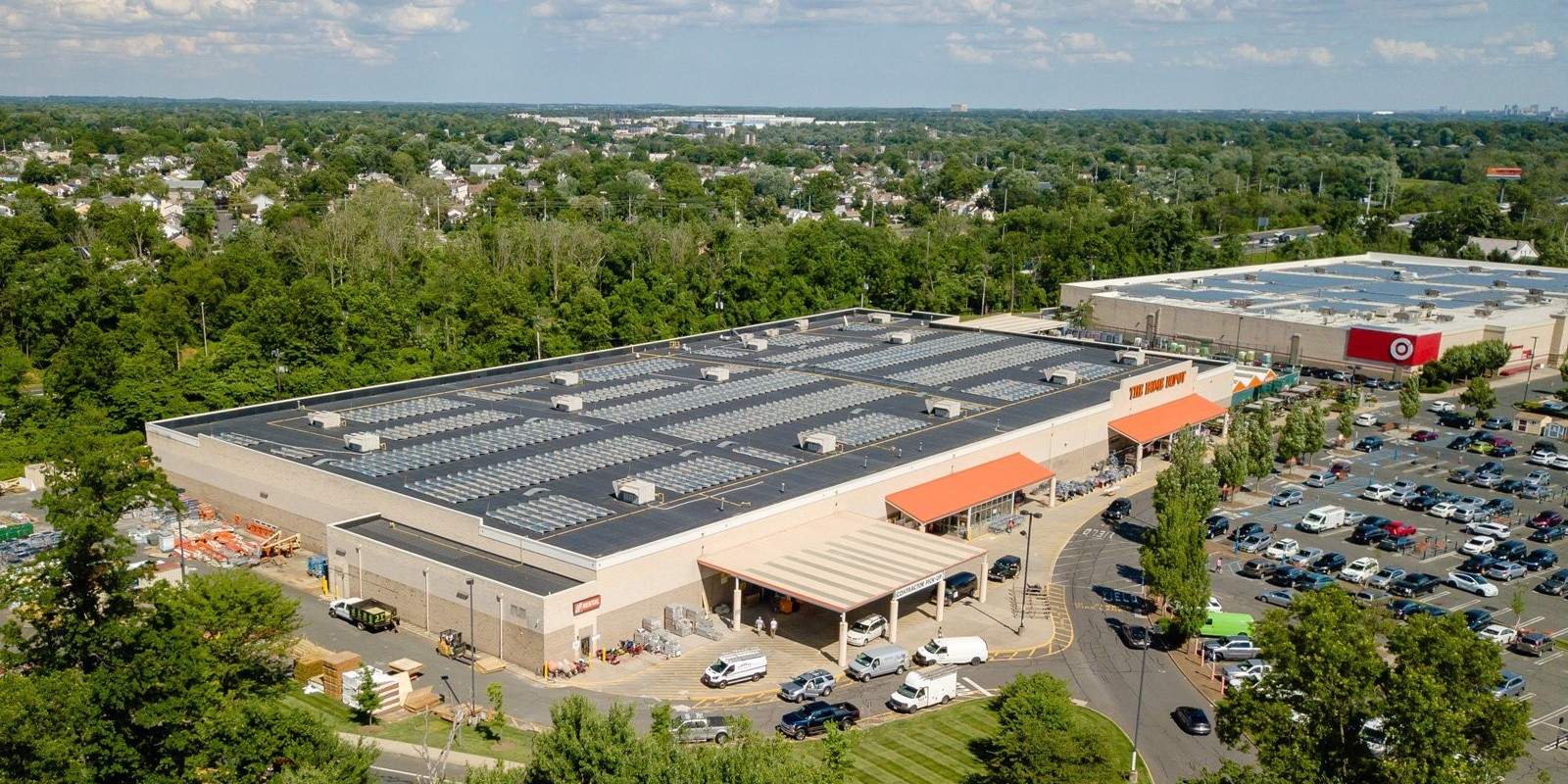
Corporate America is investing in clean energy at record levels, with tech giants taking the top spots for users of solar.
Expand Expanding Close
Corporate America is investing in clean energy at record levels, with tech giants taking the top spots for users of solar.
Expand Expanding Close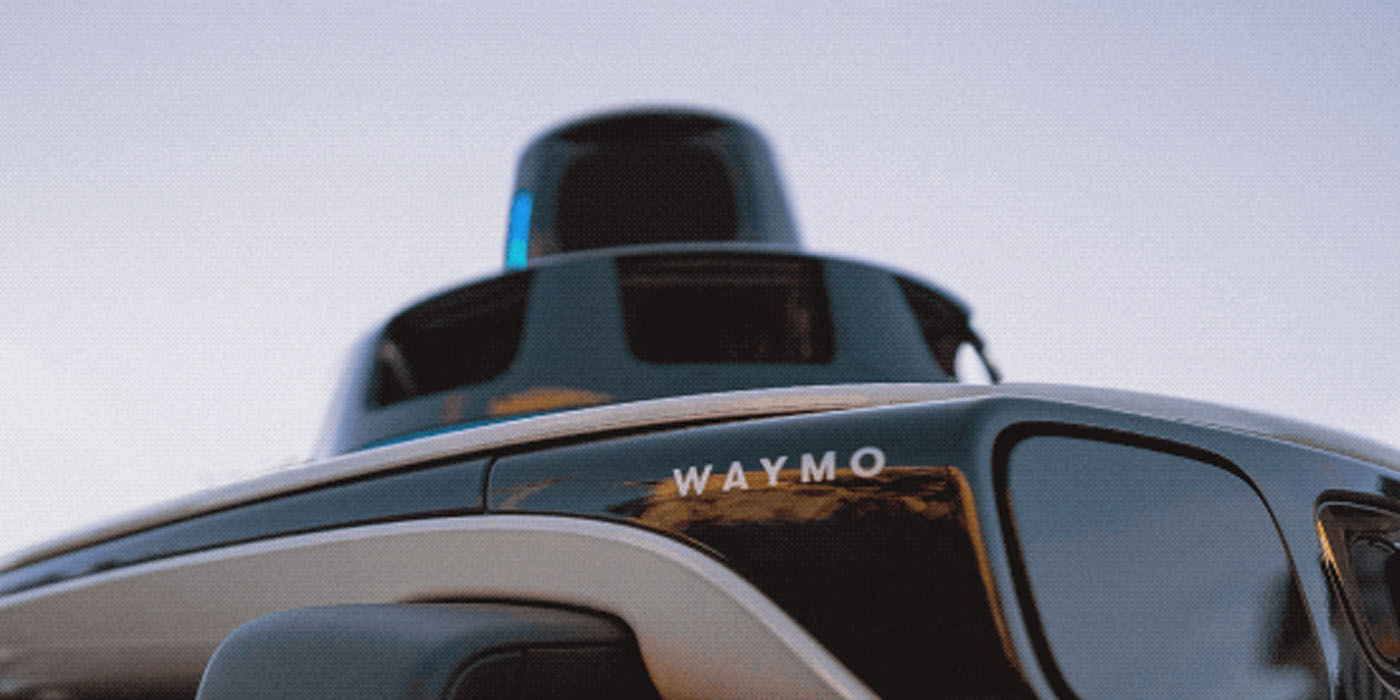
While some self-driving tech companies are dialing back their development or scrapping certain vehicles altogether, Waymo is pushing forward thanks to the financial support of parent company Alphabet Inc. (Google), which just committed to a fresh investment totaling five billion dollars.
Expand Expanding Close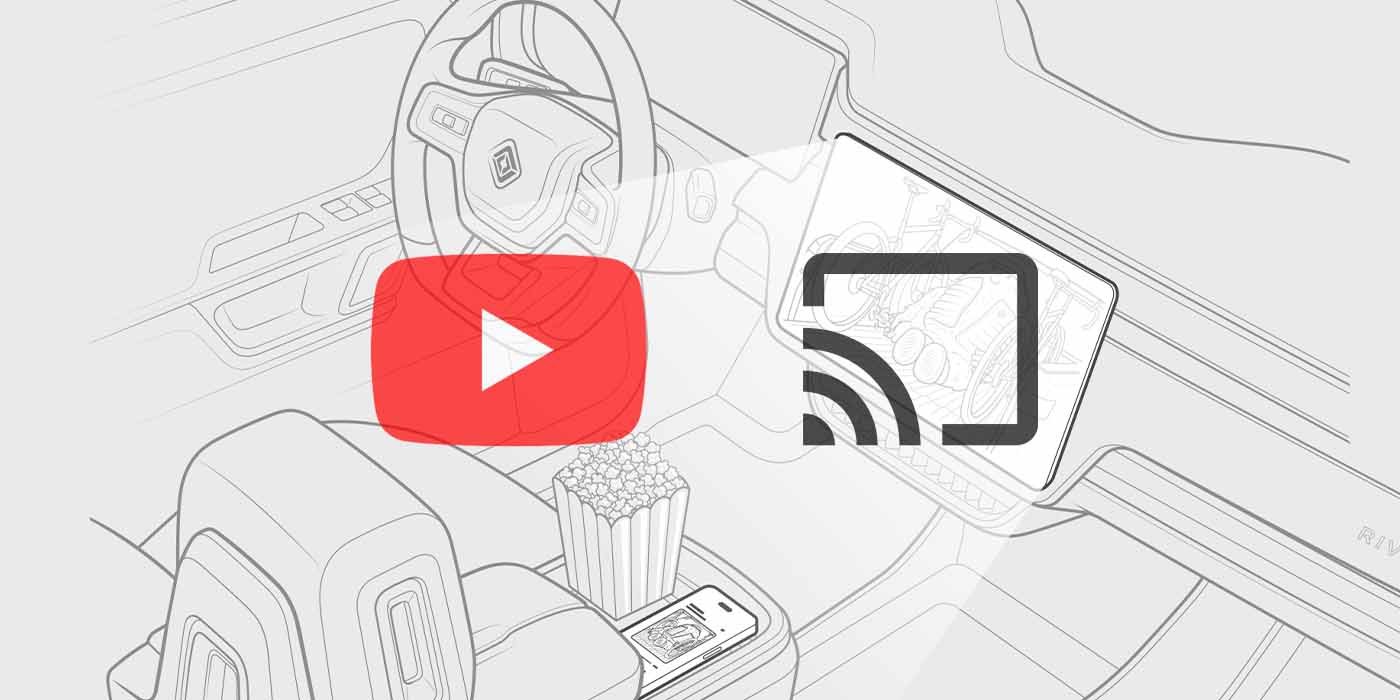
American automaker Rivian is upping the entertainment factor for current and future owners of its flagship R1 line of EVs. Today, Rivian shared it is integrating YouTube into its infotainment system, available for streaming on your vehicle’s center display. Additionally, the automaker is adding Google Cast capabilities, giving drivers and passengers the ability to mirror their favorite content in the EV from a smartphone or tablet.
Expand Expanding Close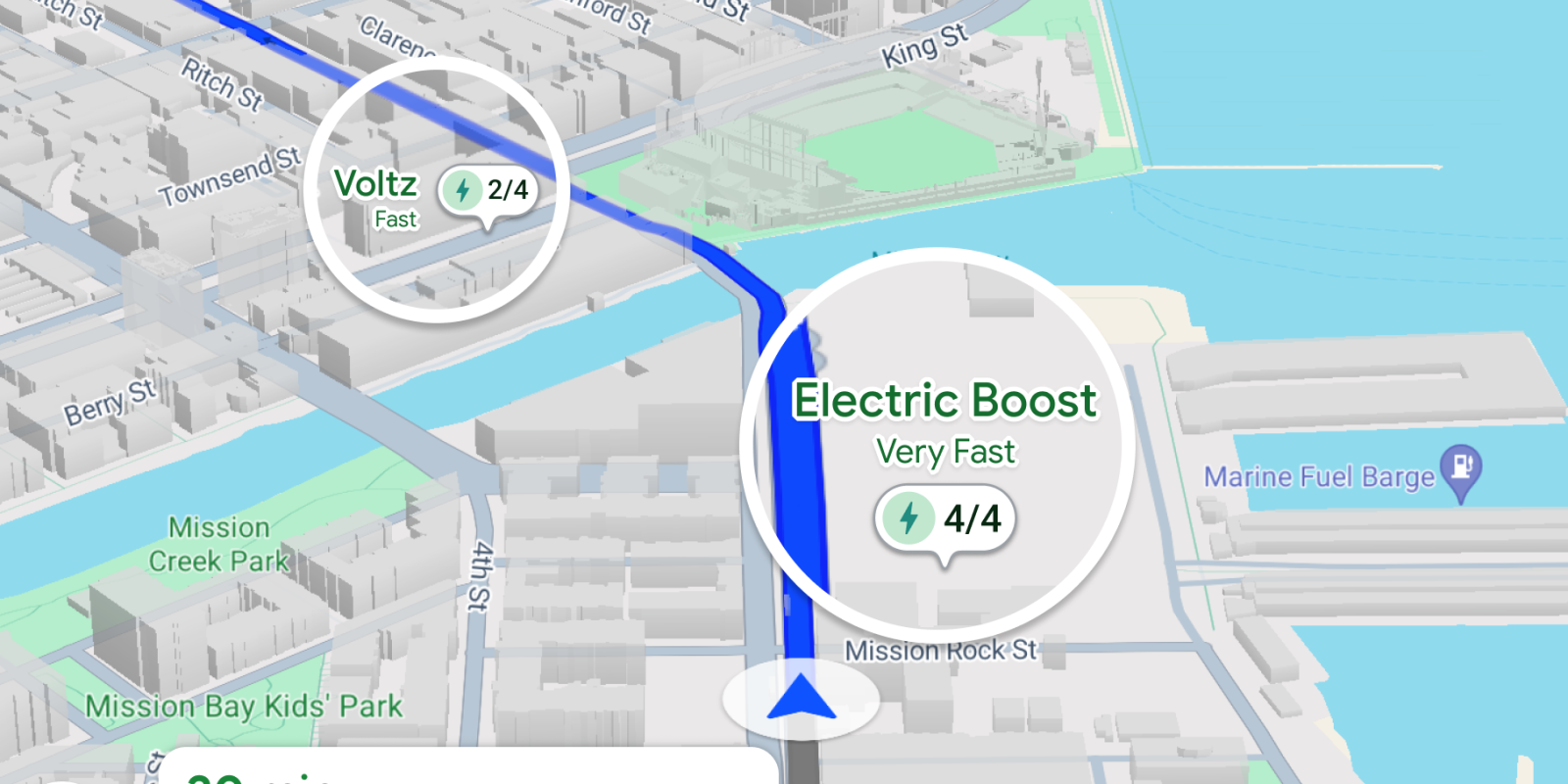
Google’s new Maps features help EV drivers find exact information about EV chargers’ locations, plan charging stops for road trips, and more.
Expand Expanding Close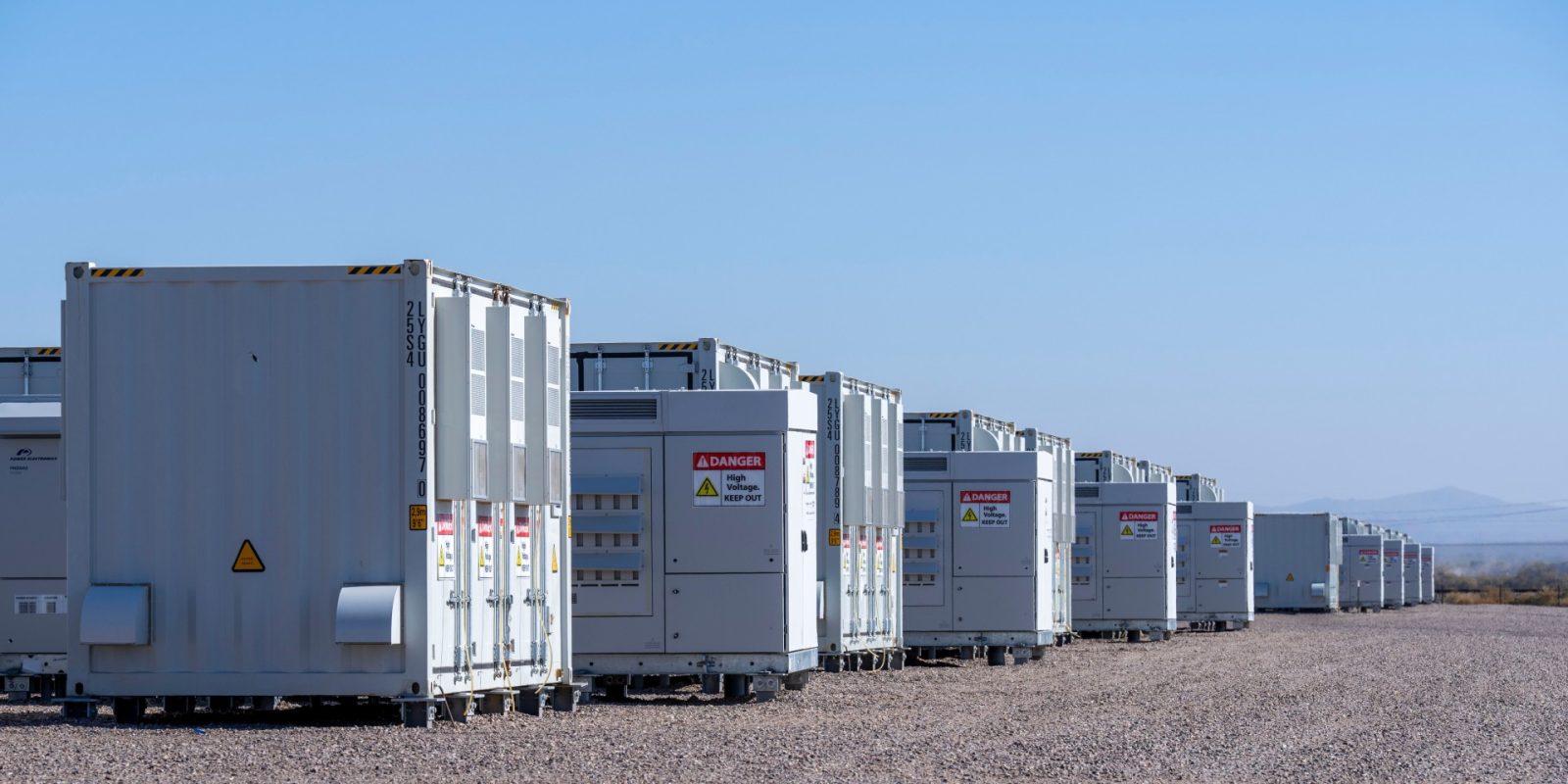
Arizona’s largest battery storage system is now online and, along with solar and wind, will help power a new Google data center – here’s why that matters.
Expand Expanding Close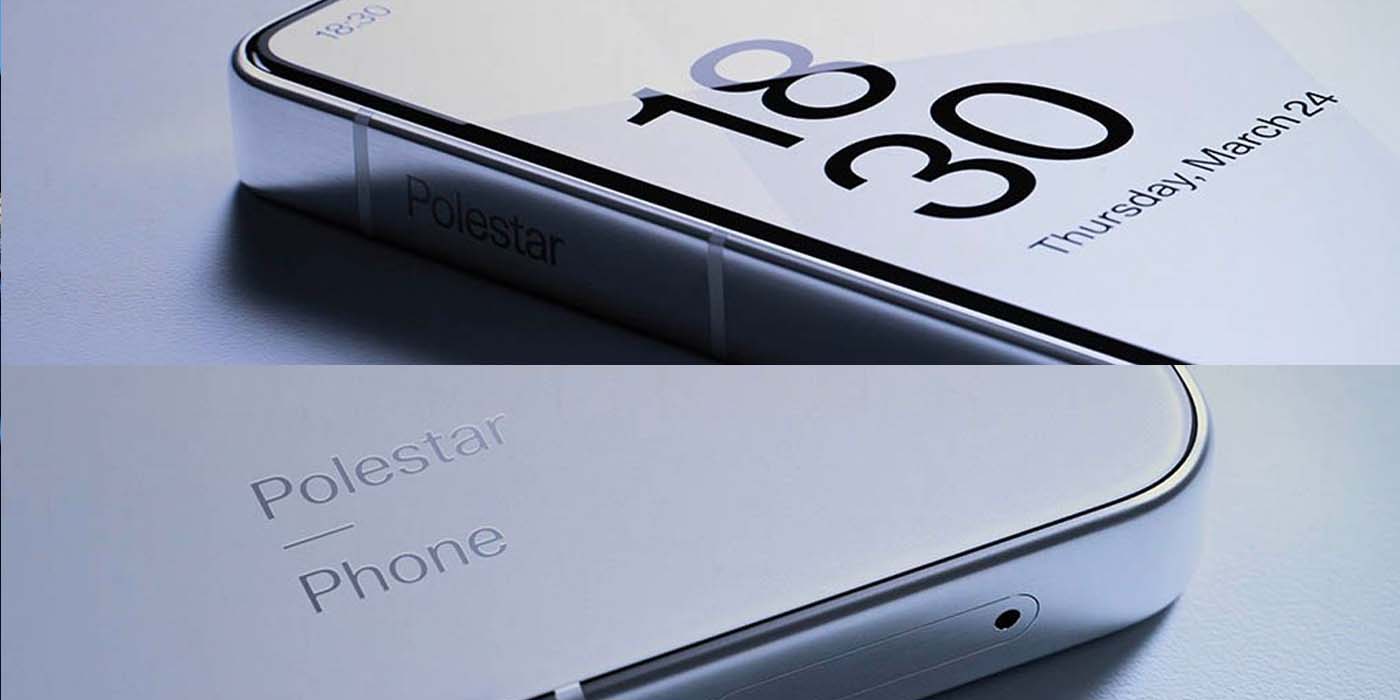
A few months after sharing initial details and images, Polestar’s flagship smartphone, developed by Meizu in China, has been spotted on Google’s API website as a device compatible with the Play Store. Details of the incoming Polestar Phone remain relatively light, but we can confirm it will run on Android and support Google Play.
Expand Expanding Close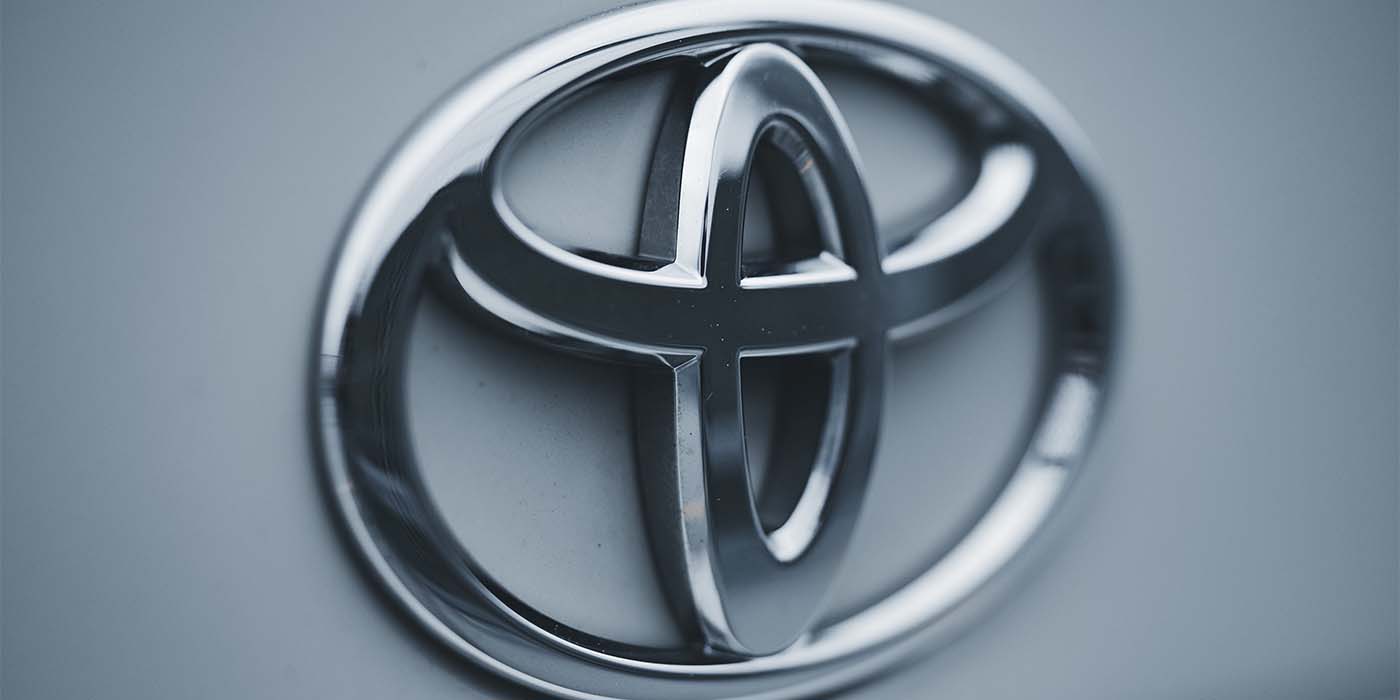
2023 was yet another pivotal year for EVs as the segment began to expand beyond early adopters and into the early majority. What should come as no surprise to most people is that American automaker Tesla dominated Google Trends search data for EVs last year. Still, gas and hybrid specialist Toyota remained the most searched auto brand, not by any specific state.
Expand Expanding Close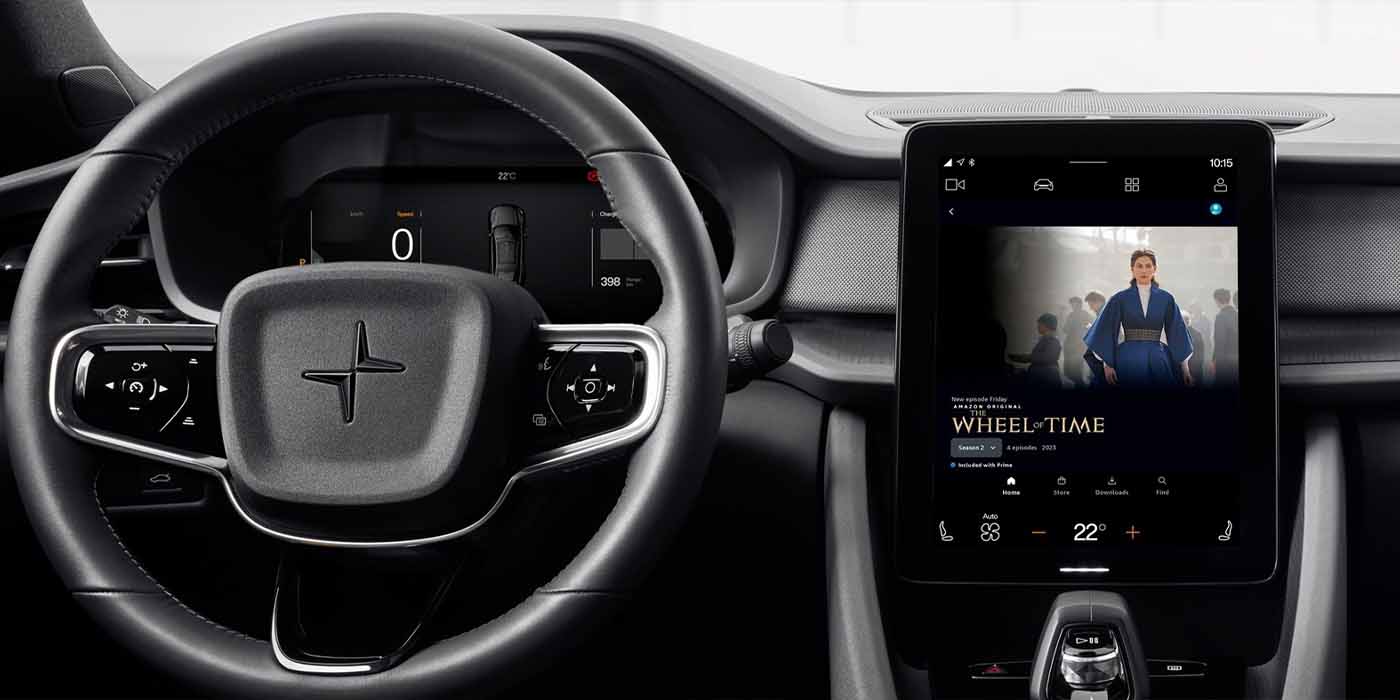
Just in time for NFL Thursday Night Football, Polestar 2 owners will be able to tune in and watch the game on Amazon Prime Video from the comfort of their… EVs. Just months after adding Google’s YouTube app to its operating system, Polestar is following up by adding another major streaming app in Prime Video.
Expand Expanding Close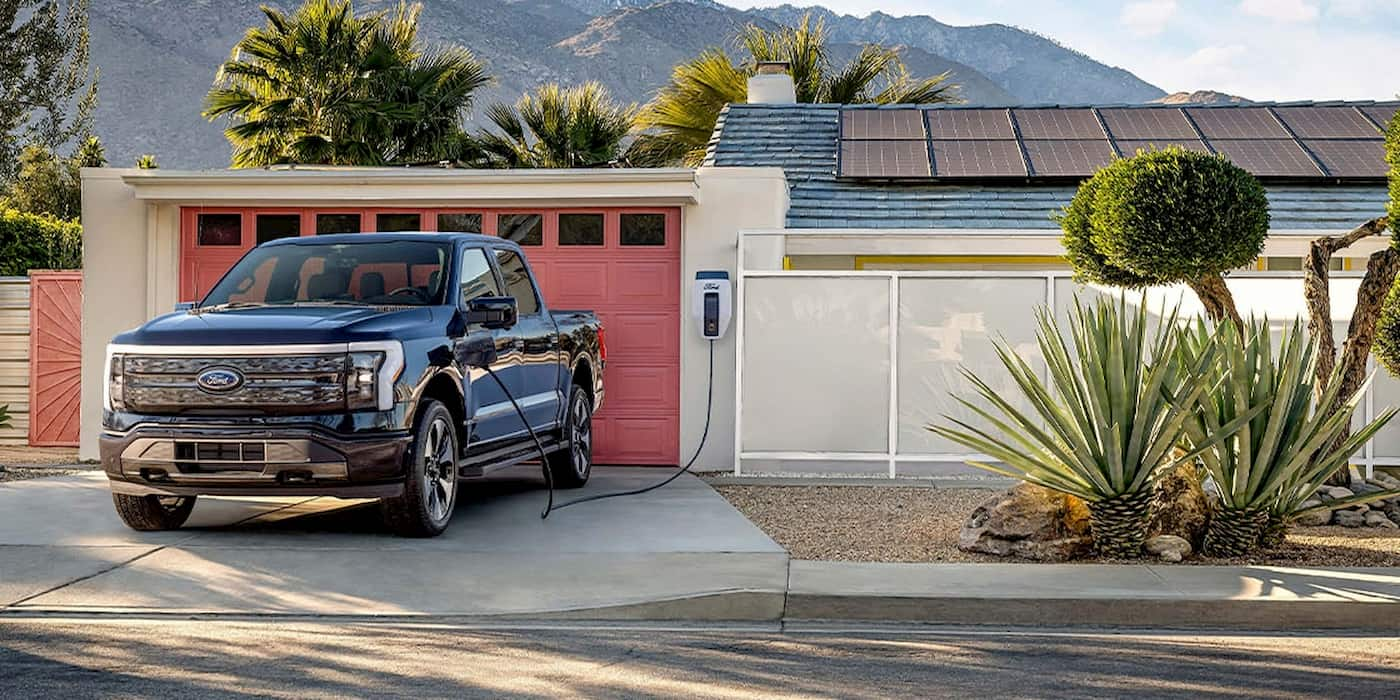
In a revolutionary partnership, Ford, General Motors, Google, SunPower, and Sunrun are teaming up to highlight the additional benefits electric vehicles offer beyond producing zero emissions.
Expand Expanding Close
Connected vehicle system developer Sibros has added a new partner to its Rolodex. This time it isn’t an automaker but Google Cloud. By adding Google’s advanced scalable data infrastructure, Sibros looks to bolster its connected vehicle management technology to support a number of data-driven functions to its EV customers, like fleet management and OTA updates.
Expand Expanding Close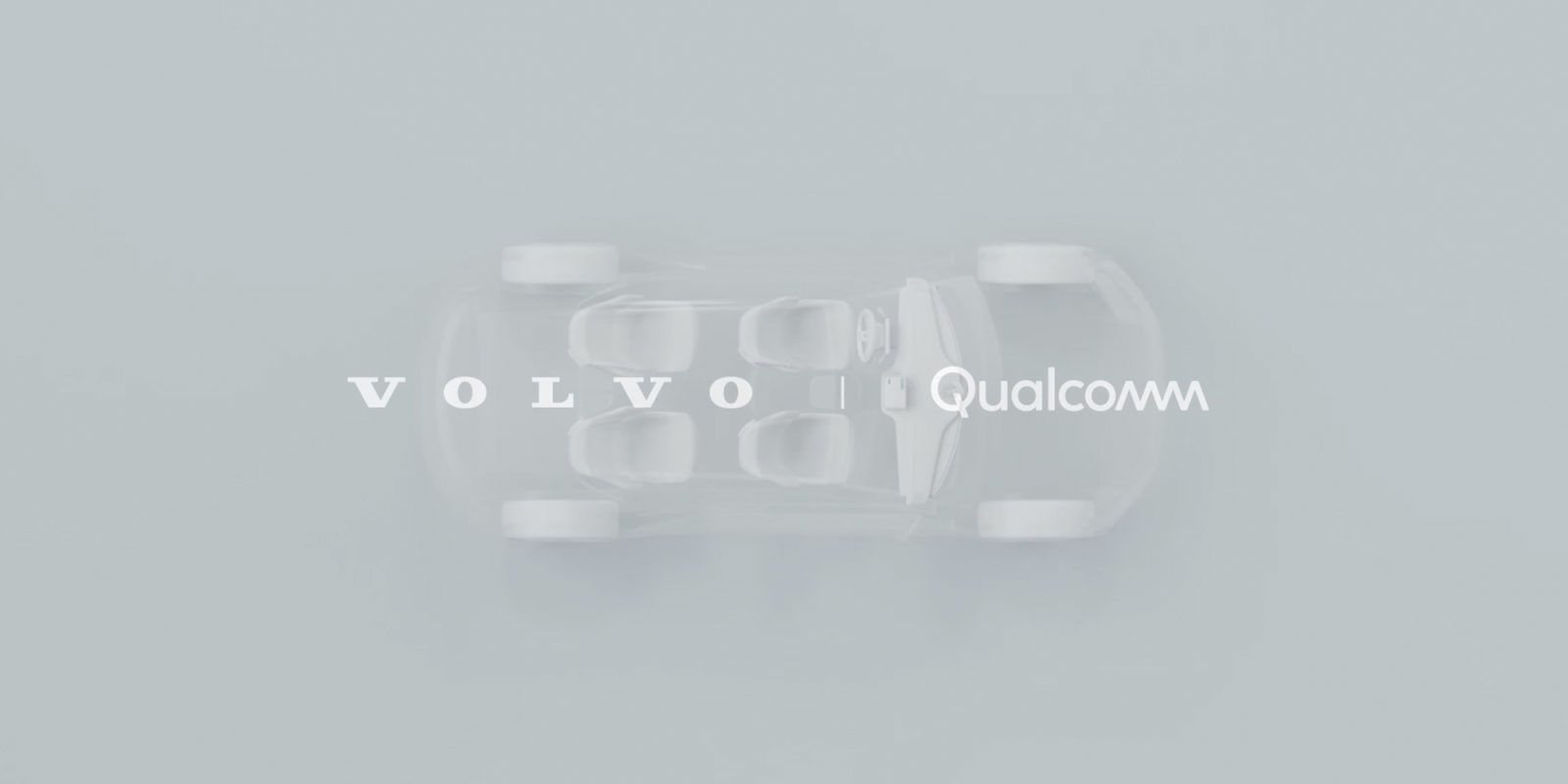
Volvo Cars has announced it will use Qualcomm’s Snapdragon 3rd generation digital cockpit technology to help power its infotainment system. Together with Google’s Android Automotive Operating System (AAOS), this upgrade will mean a faster infotainment system offering an ecosystem of features for future drivers of the Polestar 3, Volvo’s forthcoming electric SUV, and other upcoming EVs.
Expand Expanding Close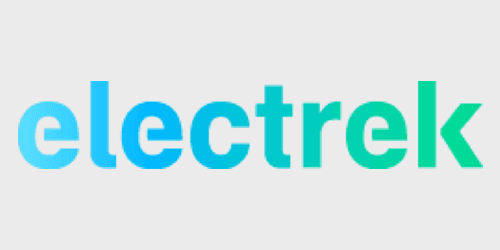
Autonomous rideshare startup Waymo has announced an additional $2.5 billion investment round of funding. Waymo plans to use the additional funding, led by parent company Alphabet Inc., to hire more staff and advance its self-driving technology toward more paid rides.
Expand Expanding Close
Google announced yesterday that it will spend $150 million on green energy projects in countries where its products are made.

Electrek Green Energy Brief: A daily technical, financial, and political review/analysis of important green energy news.
Today in EGEB, a new bill designed to jumpstart Indiana’s solar industry looks to be stopped before it gets started. Google’s first green project in Asia. And a moratorium on North Carolina land-based wind projects ends.

Tesla has had a lot of turnover in its digital team over the past two years, but now we learn that they’ve lost their head of digital product to Google.
Expand
Expanding
Close

Google is officially off-setting 100% of its energy usage with either wind or solar power. The company signed contracts on three wind power plants in recent days to bring them over 3GW of production capacity.
Google’s energy infrastructure investments have totaled over $3.5 billion globally, with about two-thirds being in the US.

Volkswagen has been heavily investing in batteries in order to support its planned ramp-up of electric vehicle production starting next year.
Their efforts have so far been focused on actual battery production and securing the rarer raw materials needed, like cobalt, but they are also exploring more future-oriented options to improve batteries at the technological level.
Today, VW is announcing a partnership with Google to use quantum computers to improve electric car batteries and others parts of the future of transportation, like traffic optimization and new machine learning processes.
Expand
Expanding
Close

Following eight years of development and an ongoing public awareness campaign, Waymo’s self-driving cars are now transporting passengers without a human behind the wheel. Beginning mid-October, these fully autonomous rides will expand to the public as part of a ride-hailing service in the coming months.
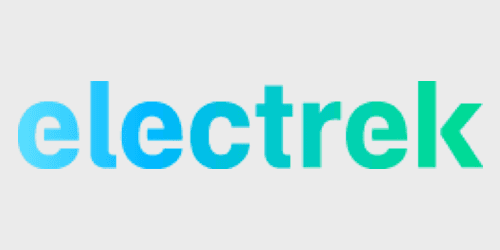
Anthony Levandowski, the ex-Googler at the center of Waymo and Uber’s legal battle, has been fired. His termination comes after a continued refusal to cooperate in proceedings over whether the ride-sharing company stole Alphabet’s self-driving technology and a scathing New Yorker piece this morning.


According to a report this afternoon from Business Insider, Anthony Levandowski, the subject of a dramatic legal battle between Alphabet’s Waymo and Uber over alleged stolen self-driving car technology, has stepped aside from his role as lead of Uber’s Advanced Technologies group. Levandowski will reportedly continue overseeing operations and safety, however…


Solar viability at Google’s Googleplex HQ
Today Google updated its Project Sunroof with some pretty striking data on approximately 60 million buildings and the viability for Solar Panels to power them. According to the search giant, almost 4 in 5 US homes are viable for solar panels with over 90% of homes in sunny states like Florida and California being viable. But even for houses in “not so sunny states” like Maine and Minnesota, over 60% of the homes surveyed were eligible to benefit from solar panels.
That’s a huge, untapped market for solar companies like Tesla’s SolarCity subsidiary…
Expand
Expanding
Close


Alphabet’s Waymo subsidiary has filed a lawsuit against Uber over the theft and replication of a key self-driving component. Former employees working on Google’s self-driving project allegedly stole information before leaving for a start-up that was purchased by Uber.


In October, we got our first look through spy shots at the Chrysler Pacifica minivans that Google has been outfitting with its self-driving technology. Today, Chrysler and Waymo, the new Alphabet company created out of Google’s self-driving effort, have officially unveiled the final design of a Chrysler Pacifica with self-driving hardware.
Expand
Expanding
Close


Google has long said that it has no plans to manufacture self-driving cars itself, instead partnering with automakers, but it had been thought that it might press ahead with cars without steering wheels or pedals. However, a new report from The Information suggests that parent company Alphabet has now ‘backed off’ these plans in favor of something more conventional.
The report also echoes a much earlier one on the company’s intentions for the self-driving car project …